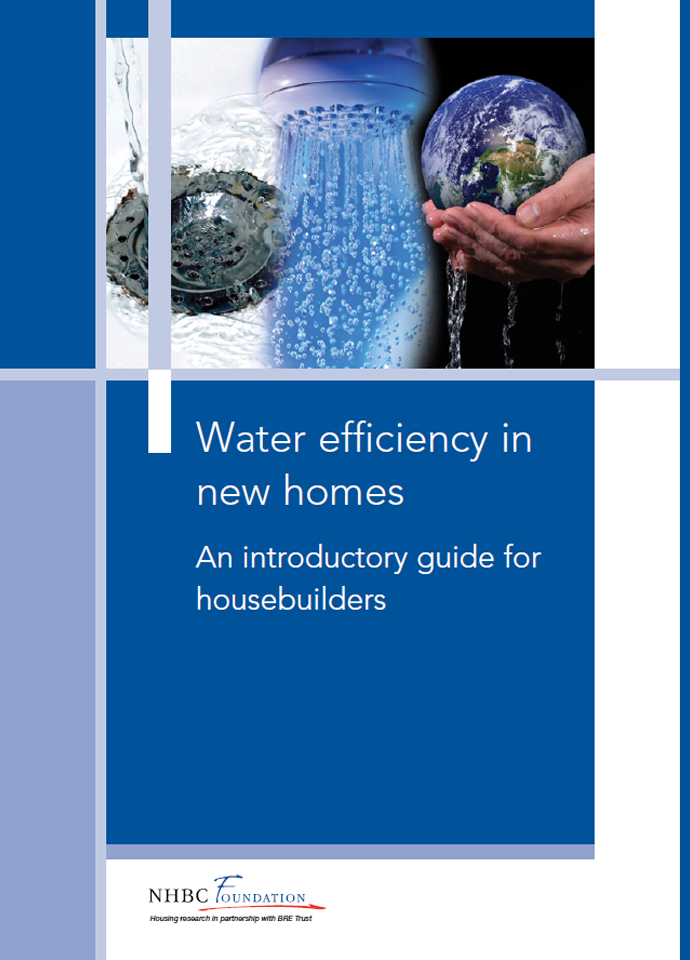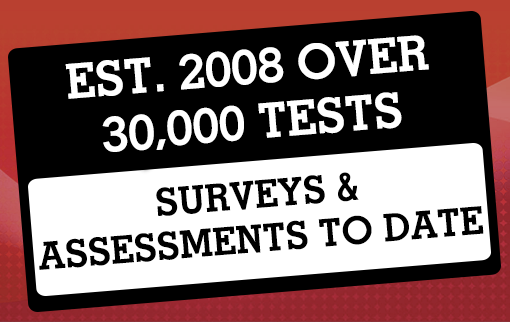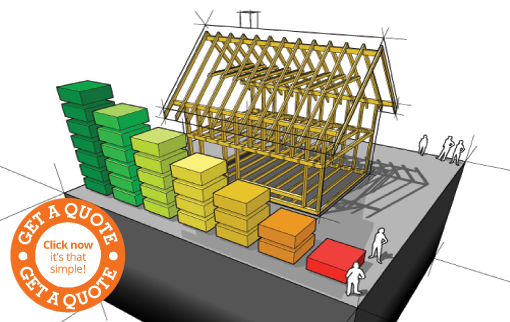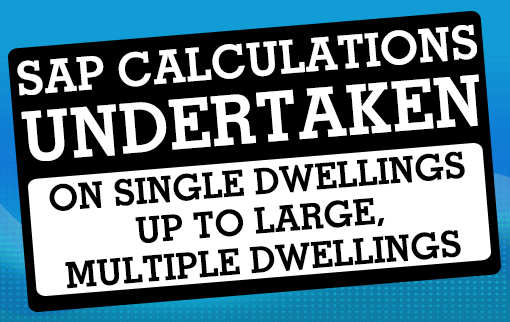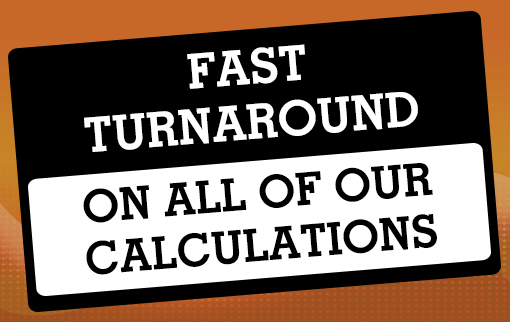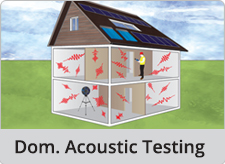Offices Nationwide

Air Testing
As part of thermographic surveys we can also use an air Pressure testing kit to depressurise the building and help detect any air leakage within the property..more

Good Hearing?
A typical person with good hearing can hear from about 20Hz to 20kHz (the audio bandwidth). A person's voice will usually range from 500Hz to 2kHz...more
Devon - Standard Assessment Procedures - 01392 919 013
The office that covers this area is: Plymouth
The towns & cities that are covered within this county are:
Abbotskerswell, Ashburton, Ashton, Axminster, Barnstaple, Beaworthy, Bideford, Bovey Tracey, Bradninch, Braunton, Brixham, Buckfastleigh, Budleigh Salterton, Challacombe, Chudleight, Chulmleigh, Colyton, Combe Martin, Crediton, Cullompton, Dartmouth, Dawlish, Exeter, Exmouth, Heathfield, Hemyock, Holsworthy, Honiton, Ilfracombe, Ivybridge, Kingsbridge, Kingsteignton, Lifton, Lympstone, Lynmouth, Lynton, Marlborough, Marldon, Moretonhampstead, Newton Abbot, Okehampton, Ottery St. Mary, Paignton, Plymouth, Salcombe, Seaton, Shaldon, Sidmouth, South Brent, South Molton, Tavistock, Teignmouth, Tiverton, Torquay, Torrington, Totnes, Umberleigh, Westward Ho!, Winkleigh, Woolacombe, Yelverton,
Phone Number: 01392 919 013 Email: devon@e2consultants.co.uk
SAP Calculations is sometimes referred to as SAP Conversion rating, SAP Conversion Calc, SAP Conversion Assessment, SAP Conversion Calculations, Part L1B Compliance, SAP Conversion Calcs.
What Is A SAP Calculation?
The higher the SAP rating, the lower the cost will be to run the building. The score represents the cost of energy required by a property over the course of a year with a 100 score meaning there's no energy cost. To calculate the SAP, the assessor uses information relating to lighting, heating, hot water systems, renewable technolgies used and the elements of structure.
SAP calculations are the Government's Standard Assessment Procedure for Energy Ratings. In order to produce an On Construction EPC (Energy Performance Certificate) or a Predicted Energy Assessment (PEA), a SAP is required, as this is the calculation these certificates are based on.
Why Do I Need A SAP Calculation?
If you are selling a home before it has been built, you will need to provide information about energy efficiency in a Predicted Energy Assessment (PEA).
Any conversions or new dwellings need to have a SAP Calculation and Predicted EPC before any work can begin as outlined in Part L of Building Regulations in Devon in 2006.
It is the responsibility of the builder to provide any On Construction EPCs when a home is constructed. This will also apply if a building is converted into fewer or more units (material change of use) and changes are made to the heating, hot water provision or air conditioning/ventilation services.
How Is A SAP Assessment Undertaken?
A SAP is done off-site but requires plans and drawings of the site in order to be calculated. Amongst other things, the SAP assessor will determine how good the thermal elements are in the floors and walls and how well heat passes through these elements - this is known as a 'U' value. A high 'U' value represents a high amount of heat lost - this is used in the SAP calculation.
The crucial information needed for the SAP software relates to the type of dwelling, floors, walls, the roof, windows, doors, lighting, renewable technologies, 'U' values, hot water and ventilation. With this, we can determine if a building complies with Building Regulations in Devon.
Our other services include:
Standard Assessment Procedures can also be known as:
SAP Calculations, Standard Assessment Procedure, Domestic Carbon Emission Calculation, SAP Assessment, SAP Calc, SAP Rating, Domestic Carbon Emission Calc, TER DER Calc, TER DER Calculation,


Copyright 2025 E2 Specialist Consultants Limited
Company No. 06728970













